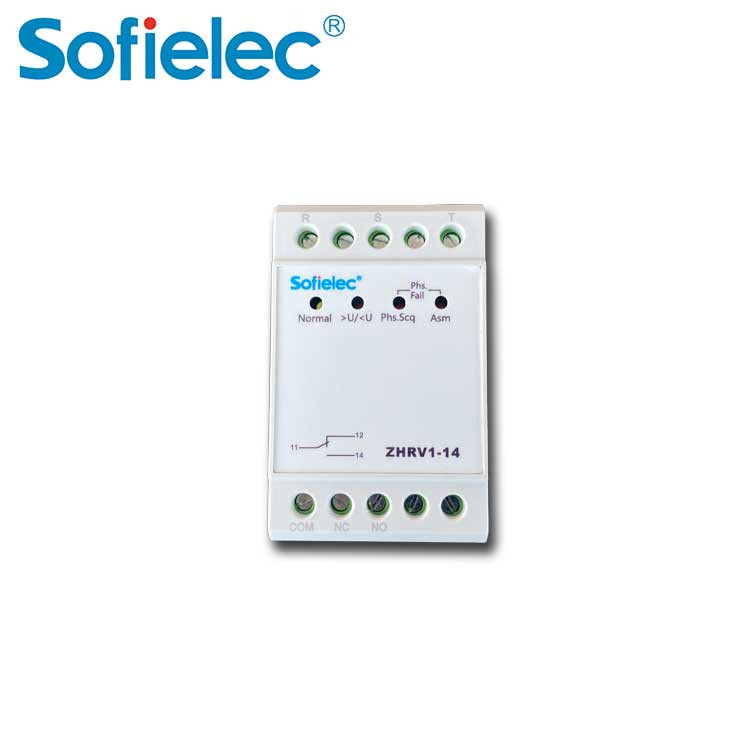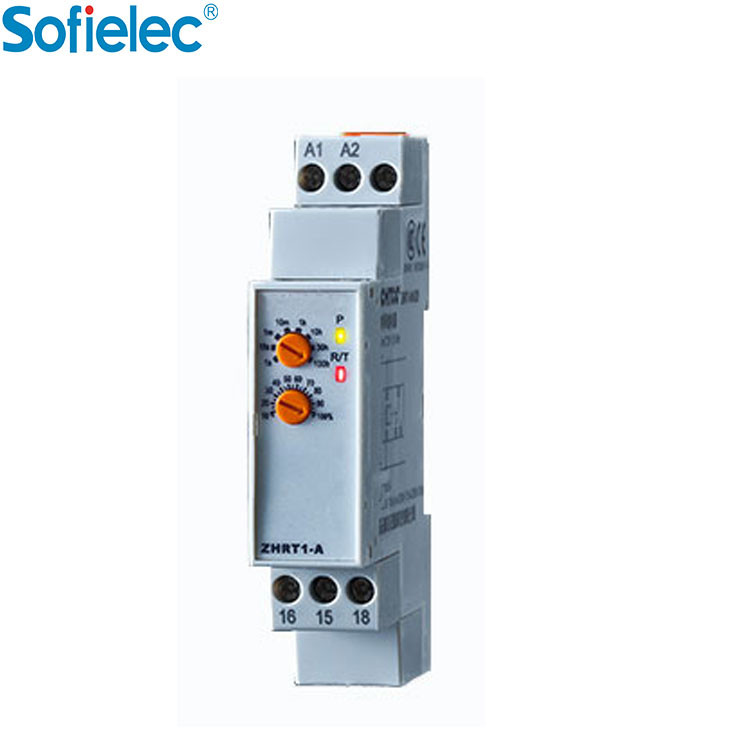Instructions for use of relays
Rated working voltage: refers to the voltage required by the coil when the relay works normally, that is, the control voltage of the control circuit. Depending on the model of the relay, it can be either AC voltage or DC voltage.
DC resistance:
Refers to the DC resistance of the coil in the relay, which can be measured by a multimeter.
Pick-up current:
Refers to the minimum current that the relay can generate the pick-up action. In normal use, the given current must be slightly larger than the pull-in current, so that the relay can work stably. For the working voltage applied to the coil, generally do not exceed 1.5 times the rated working voltage, otherwise a large current will be generated and the coil will be burned.
Release current:
It refers to the maximum current that the relay produces to release the action. When the current in the pull-in state of the relay is reduced to a certain extent, the relay will return to the unenergized release state. The current at this time is much smaller than the pull-in current.
Contact switching voltage and current: refers to the voltage and current that the relay is allowed to load. It determines the magnitude of the voltage and current that the relay can control. It cannot exceed this value when using it, otherwise it is easy to damage the contacts of the relay.


Relay FAQ
1. The relay does not open
1) The load current is greater than the rated switching current of the SSR, which will cause the relay to short-circuit. In this case, an SSR with a larger rated current should be used.
2) Under the ambient temperature where the relay is located, if the heat dissipation is poor for the current it is subjected to, it will damage the output semiconductor device. At this time, a larger or more effective heat sink should be used.
3) The line voltage transient causes the output part of the SSR to break through. In this case, an SSR with a higher rated voltage should be used or an additional transient protection circuit should be provided.
4) The line voltage used is higher than the rated voltage of the SSR.
2. The SSR is disconnected after the input is cut off
When the SSR should be disconnected, measure the input voltage. If the measured voltage is lower than the voltage that must be released, it indicates that the release voltage of the breaker is too low, and the relay should be replaced. If the measured voltage is higher than the must-release voltage of the SSR, it is The wiring in front of the SSR input is faulty and must be corrected.

3. The relay is not conducting
1) When the relay should be turned on, measure the input voltage. If the voltage is lower than the required operating voltage, it indicates that there is a problem with the line in front of the SSR input; if the input voltage is higher than the required operating voltage, check the polarity of the power supply and if necessary be corrected.
2) Measure the input current of the SSR. If there is no current, it means that the SSR is open, and the relay is faulty; if there is current, but it is lower than the action value of the relay, there is a problem with the line in front of the SSR and must be corrected.
3) Check the input part of the SSR, measure the voltage across the output of the SSR, if the voltage is lower than 1V, it indicates that the line or load other than the relay is open and should be repaired; if there is a line voltage, it may be the load short circuit, causing the current to be too large. Relay failed.
4. The relay works irregularly
1) Check whether all wiring is correct, the connection is not firm or the fault caused by incorrect.
2) Check if the leads of input and output are together.
3) For very sensitive SSRs, noise can also couple to the input and cause irregular conduction.
Post time: Jul-15-2022

